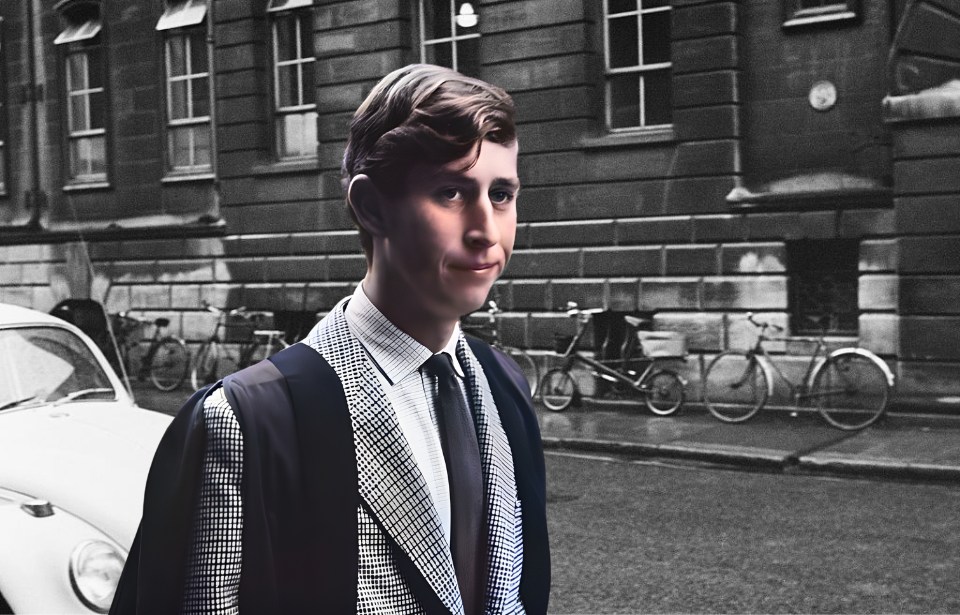King Charles III patiently waited to assume the British throne, with his coronation occurring on May 6, 2023. For many years, the public wondered what kind of ruler he’d be, and a look at his formative years provides several clues – in particular, the tug-of-war between the British Royal Family and his time in boarding school.
King Charles III was spoiled by his grandmother
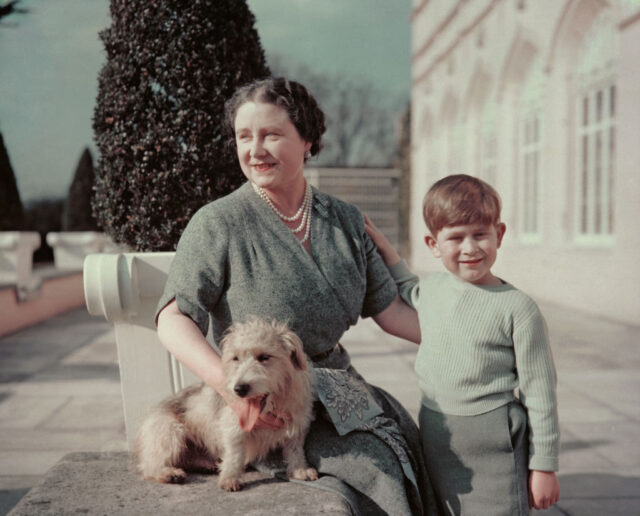
In a sense, King Charles III’s early years featured him in the middle of a tug-of-war between members of his family. As a young boy, he was spoiled by his loving grandmother, Elizabeth, Queen Mother, who appreciated his sensitive, thoughtful nature and encouraged his love of music and art. However, her “kid gloves” approach amplified his less desirable qualities, such as timidity, insecurity and a tendency to whine.
Those very traits became a source of irritation for his father, Prince Philip, a strong-minded disciplinarian who often belittled his son, sometimes to the point of bullying. When Charles turned eight, Queen Elizabeth II and Philip decided that he needed the company of other children and sent him to Hill House School in London, followed by Cheam School, the oldest private school in England (Charles would become the first future king or queen to be educated outside of the palace).
Which boarding school would King Charles III attend?
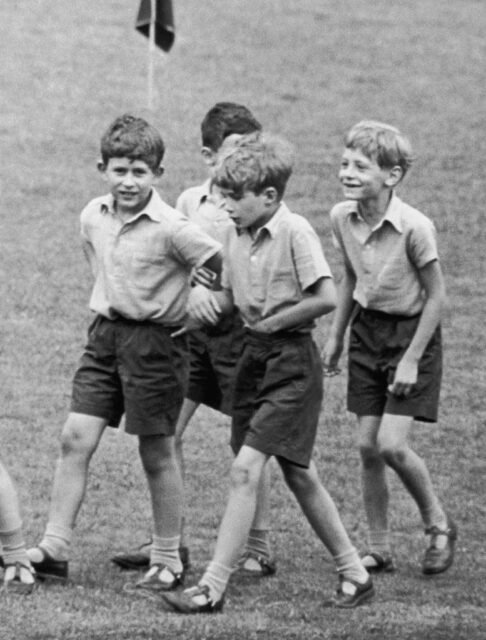
Alas, the timid little boy had a hard time making friends. As then-Prince Charles’ time at Cheam School was drawing to a close, a decision had to be made as to where he would continue his education. Elizabeth, the Queen Mother wanted him to attend Eton College, a prestigious boarding school close to Windsor Castle, stressing in a letter to Queen Elizabeth II that Eton was an “ideal school for one of his character and temperament.”
Charles’ great-uncle, Lord Mountbatten, also preferred Eton.
However, the Duke of Edinburgh was intent on his son attending his alma mater, Gordonstoun. His argument was two-fold: first, he argued, the Prince would have more privacy at the school, located in a remote part of northeastern Scotland. Secondly – and, one suspects, more to the point – Prince Philip believed the severe discipline and tough terrain of Gordonstoun would toughen up his timid son.
Ultimately, the Queen sided with her husband.
Sent to Gordonstoun
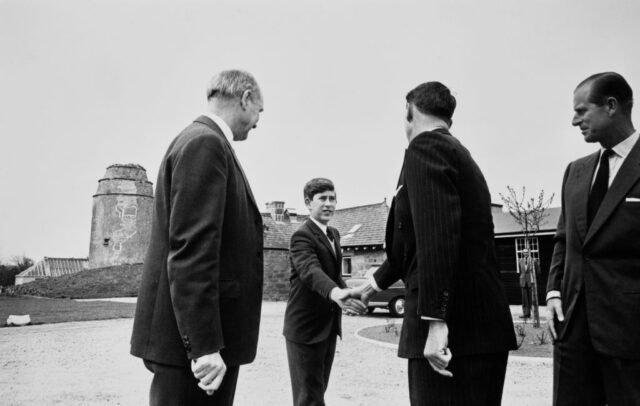
In May 1962, Prince Philip, a licensed pilot, flew his son to Royal Air Force (RAF) Lossiemouth and then drove him the rest of the way to school. This was the start of a miserable experience for Prince Charles, one he referred to as a “prison sentence.”
Founded by Kurt Hahn, a Jewish man who fled Germany during the rise of the National Socialist German Workers’ Party, the school sought to build character through physical challenges. Philip himself initially had a rough time there, but came to love Gordonstoun, later crediting it with shaping him into the man he became. He hoped it would do the same for Charles.
He couldn’t have been more wrong. Unlike his outgoing and athletically gifted father, Charles had trouble fitting in.
What was boarding school like for King Charles III?
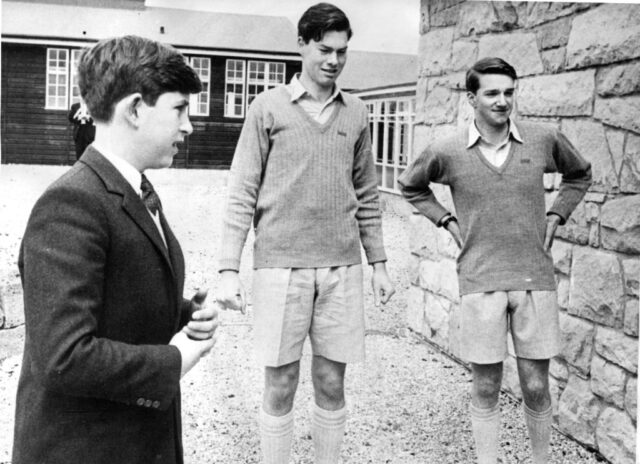
Prince Charles lived in Windmill Lodge with 13 other boys. Each day began with an early morning run before breakfast, followed by an ice-cold shower. The boys slept in dormitories on rock-hard bunks, the windows left open year around, even during the winter. This led Charles to nickname Gordonstoun “Colditz in kilts,” after the castle used as a prisoner of war (POW) camp during World War II.
Worse, the heir to the throne became a target of his classmates and was constantly bullied. He was flattened while playing rugby, even by his teammates, and mocked for his jug ears. Anyone who did try to befriend him was accused of sucking up to the Prince.
Decades later, Ross Benson, a contemporary of Charles’, said, “He was crushingly lonely for most of his time there. The wonder is that he survived with his sanity intact.” Indeed, in a letter to his mother, the Prince wrote, “I hardly get any sleep in the House because I snore and I get hit on the head all the time. It’s absolute hell.” His torment fell on deaf ears, however, with Prince Philip penning steely replies, advising his boy to buck up.
One person the Prince had in his corner was Donald Green. The royal bodyguard assigned to watch over Charles became a father figure of sorts. However, he was fired during his second year at Gordonstoun after allowing the underage Prince to order a cherry brandy on a school outing (an eagle-eyed tabloid reporter spilled the beans). With that, Charles lost his sole source of support.
From Scotland to Australia
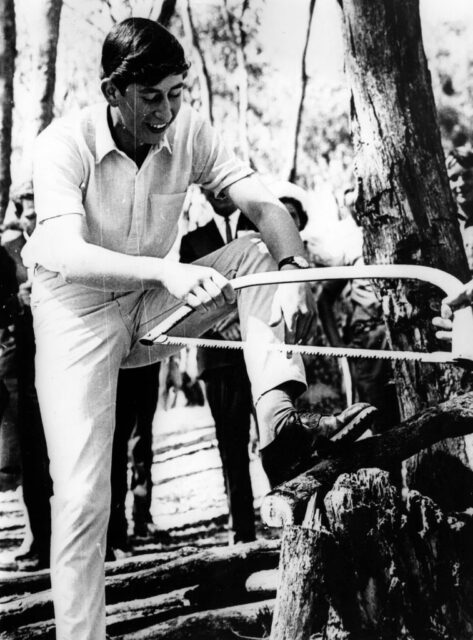
Dead set on making a man out of his son, Prince Philip sent the 17-year-old to Australia for six months to attend Timbertop, a rural outpost of Melbourne’s Geelong Grammar School. This decision turned out to be a wise one: the school, far away from home, proved to be a revelation for the boy.
His Australian classmates, friendly and unpretentious, embraced Charles, accepting him as one of their own and even giving him the nickname “Pommy” (good-natured Australian slang for Englishman).
Like Gordonstoun, the school emphasized physical challenges, but in a friendlier atmosphere, Charles thrived, tackling cross-country hikes in sweltering heat and spending frigid nights camped out in a sleeping bag. What’s more, he received high praise from the school’s headmaster, Thomas Garnett, who described him as “a friendly, intelligent, natural boy with a good sense of humor.”
More from us: How British Royals Have Celebrated Their Jubilees Throughout History
Charles would return to Gordonstoun in 1966 for his final year, graduating in ’67. Leaving the grounds for good, he said all the right things about his time spent at the school and how it taught him self-discipline and helped him grow as a person.
Years later, the Prince would insist that his supposed hatred of the school was exaggerated. Still, it bears noting that his sons, Princes William and Harry, would attend Eton.
